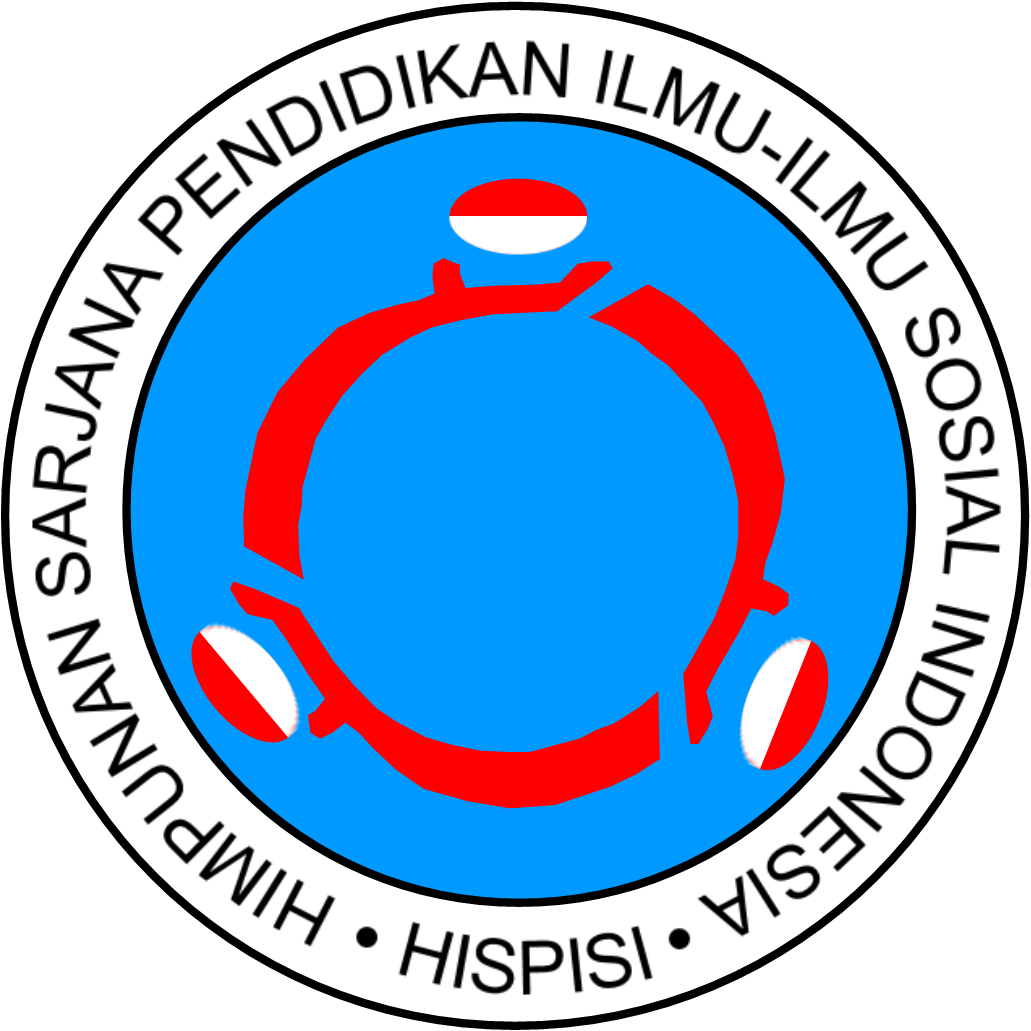A Review of the Promotion Style of Tourist Sites in the West Java Region
Abstract
Keywords
Full Text:
PDFReferences
Adela, D. (2019). Pendekatan lingkungan sekitar sebagai basis pembelajaran untuk mengembangkan sikap dan nilai dalam pembelajaran IPS. Jurnal BELAINDIKA (Pembelajaran Dan Inovasi Pendidikan), 1(2), 26-32.
Arrasyid, R., Ruhimat, M., Setiawan, I., Ihsan, H. M., Darmawan, W., Mulyana, A., & Darmawanto, R. A. (2024). Design, development, and evaluation of a mobile learning application for geography education. Journal of Advanced Research in Applied Sciences and Engineering Technology, 38(1), 109-134.
Arrasyid, R., Setiawan, I., & Sugandi, D. (2019). Developing learning media based on Geographic Information System for geography subject in senior high schools. Jurnal Pendidikan Ilmu Sosial, 28(1), 1-7.
Darmawan, R. A., & Parhan, M. (2023). Development Of Social Studies Learning Media Based On Augmented Reality (AR) As A Historical Literacy Medium. Journal on Education, 6(01), 5544-5553.
Darmawan, R. A., Salira, A. B., Kurniawati, Y., Logayah, D. S., & Arrasyid, R. (2023). Enhancing Digital Literacy in Social Studies through Augmented Reality Media. Jurnal Pendidikan Ilmu Sosial, 33(1), 69-76.
Ekawardhani, Y. A., Subandi, D., and Kurniadi, B. H. (2023). Animation video design as promotion for nature school as habituation of green lifestyle. Journal of Eastern European and Central Asian Research, 10(4), 659–667.
Golafshani, N. (2003). Understanding reliability and validity in qualitative research. The Qualitative Report, 8(4), 597–607.
Isya, H. R. M., Wibowo, W. A., & Arrasyid, R. (2021). Analysis of the sunami Disaster risk study in the Pelabuhanratu bay tourism area. Jurnal Pendidikan Ilmu Sosial, 30(2), 135-144.
Jaw, C., Lo, J. Y., and Lin, Y. H. (2010). The determinants of new service development: Service characteristics, market orientation, and actualizing innovation effort. Technovation, 30(4), 265-277.
Kim, Y. E., and Lee, J. W. (2010). Relationship between corporate image and customer loyalty in mobile communications service markets. African Journal of Business Management, 4(18), 4035-4041.
Lengnick-Hall, C. A., Beck, T. E., and Lengnick-Hall, M. L. (2011). Developing a capacity for organizational resilience through strategic human resource management. Human Resource Management Review, 21(3), 243-255.
Munar, A. M. (2012). Social media strategies and destination management. Scandinavian Journal of Hospitality and Tourism, 12(2), 101-120.
Punjabi, M. P., Aruna, V., Prasadh, R. R., Labhane, S., and Badhusha, M. H. N. (2024). Navigating the New Wave; unveiling the transformation effects of social media on digital marketing in the emerging era. Journal of Informatics Education and Research, 4(1), 35-41.
Qutoshi, S. B. (2018). Phenomenology: A philosophy and method of inquiry. Journal of Education and Educational Development, 5(1), 215-222.
Rini, M., and Harahab, N. (2018). The Influence of endorser in social media toward consumer decision making with AISAS Model (Attention, Interest, Search, Action, and Share. Economic and Social of Fisheries and Marine Journal, 6(1), 106-118.
Ruhimat, M. A. M. A. T., Logayah, D. S., & Darmawan, R. A. (2023). Mobile augmented reality application through metaverse approach as social studies learning media in junior high school. Journal of Engineering, Science and Technology, 18, 176-185.
Shareef, M. A., Mukerji, B., Dwivedi, Y. K., Rana, N. P., and Islam, R. (2019). Social media marketing: Comparative effect of advertisement sources. Journal of Retailing and Consumer Services, 46, 58-69.
Sharpley, R. (2014). Host perceptions of tourism: A review of the research. Tourism management, 42, 37-49.
Yuliantine, T., Indasah, I., and Siyoto, S. (2018). Analysis of marketing mix characteristics of marketing factor 7P (Product, Price, Place, Promotion, People, Process, Physical Building) to patient satisfaction of inpatient patient hospital Muhammadiyah Ahmad Dahlan Kediri City. Journal for Quality in Public Health, 1(2), 50-57.
DOI: https://doi.org/10.17509/jpis.v34i1.84887
Refbacks
- There are currently no refbacks.
Copyright (c) 2025 Universitas Pendidikan Indonesia (UPI)

This work is licensed under a Creative Commons Attribution-ShareAlike 4.0 International License.














